Light Quality
Creating pleasing lighting is a subjective endeavor. However, understanding how to control the quality of your underwater lighting provides the opportunity to create images with a variety of feeling to them.
Light quality is essentially a combination of four elements, all of which work in conjunctionwith one another.
The Size of Your Light Source Relative to the Subject and the Level of Diffusion
Hard light exemplifies highlights and shadows while soft light is gentle and even. Light sources that are small in relation to the subject produce innately harder light that falls off quickly. Larger light sources, and light sources that use diffusers produce softer light that wraps around the subject. This is a universal principle of lighting and has nothing to do with underwater photography. To illustrate this concept, think about the sun on a clear day, a point-source in the sky that produces very hash directional light with severe shadows and a lot of contrast. On a cloudy day, the light is diffused by the clouds, a larger light source that softens the light, filling in and brining out details in the shadows.
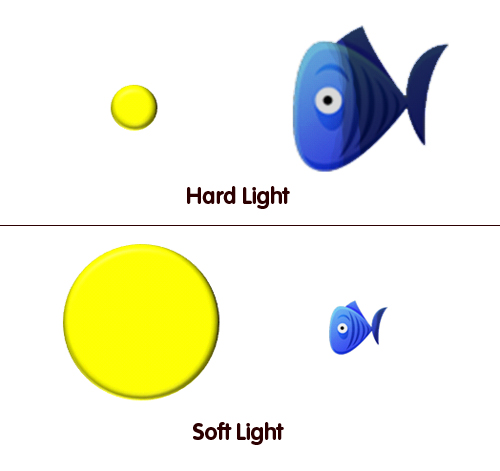
While hard light can be used creatively, most underwater photographers never remove their diffusers in order to soften the lighting. It is important to note that diffusing your strobes will also reduce the quantity of light by about one to one and a half stops and you will need to compensate for this. Of course if you never remove your diffusers you won’t really have a point of reference otherwise.
The Direction of the Light
When we talk about strobe placement what we are really referring to is the direction of the light, and to a lesser extent the quantity of light. Your subject will look different as you move the angles of your light sources relative to your subject. Don’t be afraid to experiment.

The Quantity of Light
Obviously there is a certain amount of light required to achieve a “good” exposure. However, creativity is very subjective, and at times you may want to slightly underexpose an image to create a specific mood, or focus the lighting on one specific area of to bring attention to it. Also remember that every image has a foreground and a background, and you may want to under-expose just one element of the image to achieve a particular creative look. There are no rules to creativity and “good” lies in the eye of the beholder.
In addition to dialing your strobe power settings up or down, you can also try a technique called edge lighting. Every strobe produces a cone of light that is brightest in the center and diffuses at the edge of this cone. Edge lighting, or lighting with the outer edges of the strobe produces soft and even lighting. Another reason many photographers use the edge lighting technique is to prevent hot spots, areas in your frame that are disproportionately hit with the central cone of strobe light.
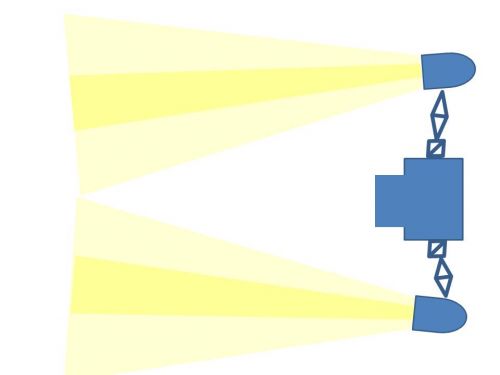
The Color Temperature of Light
As with many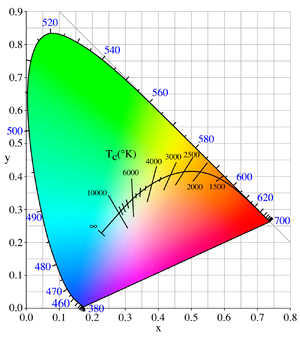 aspects of photography, color temperature is very subjective. It is also an element that can be adjusted in post processing. Higher color temperatures (5000 K or more) are considered "cool" (skew green–blue), and lower color temperatures (2700–3000 K) are considered "warm" (skew yellow–red). That being said – underwater strobes will fall into a range of about 4,800 on the warm side and 5,400 on the cool side. Different strobe brands will skew slightly warmer or cooler than one another, and which you select is totally up to you, there is no universal right color temperature.
aspects of photography, color temperature is very subjective. It is also an element that can be adjusted in post processing. Higher color temperatures (5000 K or more) are considered "cool" (skew green–blue), and lower color temperatures (2700–3000 K) are considered "warm" (skew yellow–red). That being said – underwater strobes will fall into a range of about 4,800 on the warm side and 5,400 on the cool side. Different strobe brands will skew slightly warmer or cooler than one another, and which you select is totally up to you, there is no universal right color temperature.
RELATED CONTENT
Featured Photographer

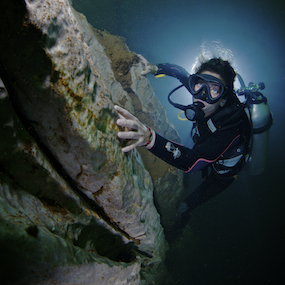

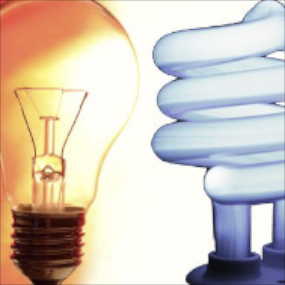
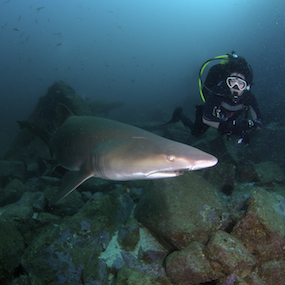
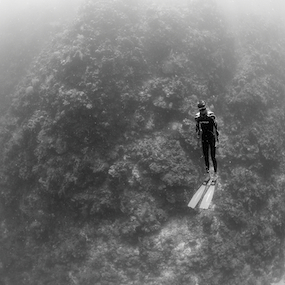
 Antarctica
Antarctica




